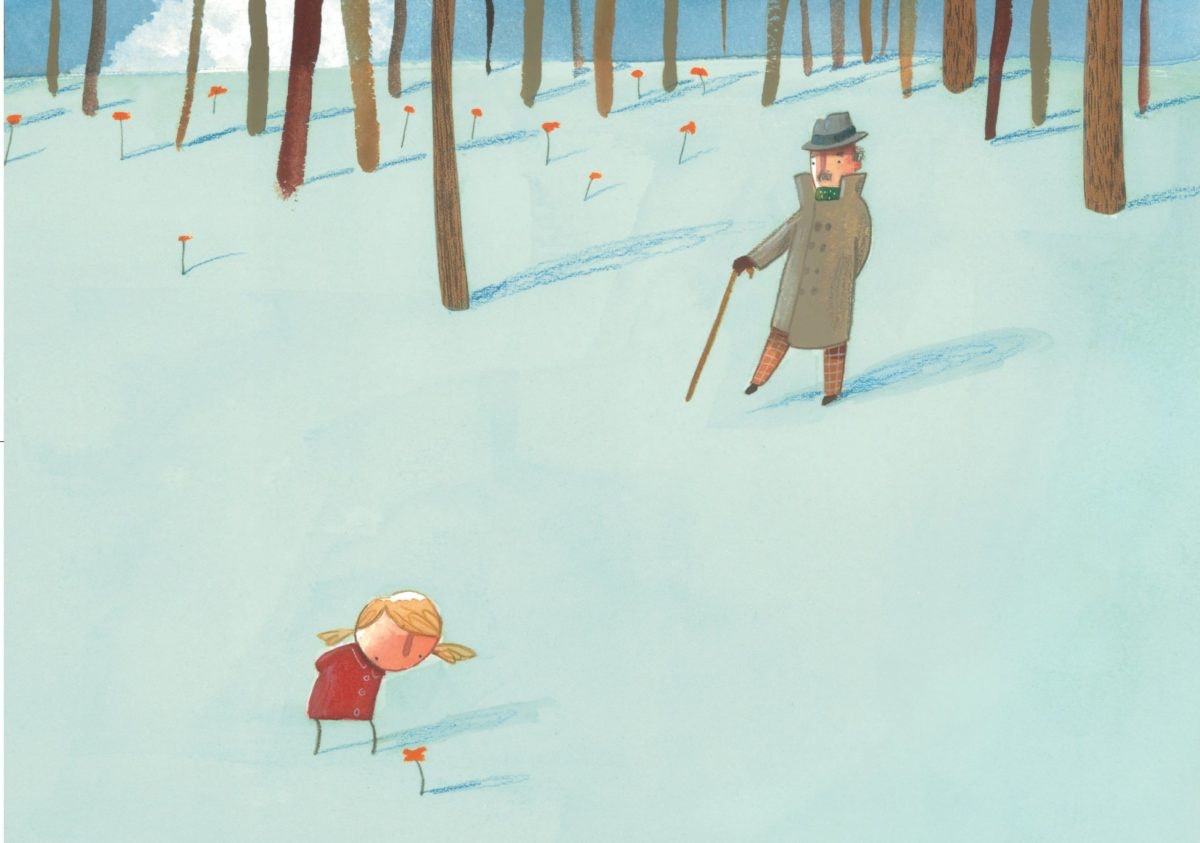On Monday morning, I woke up to an alert on my phone that there was a shooting in Las Vegas. Horrifyingly unfazed by news that has become too commonplace, I went about my morning. I made breakfast. I packed lunches. I kissed the tops of wild-haired heads and sent them off on their school buses.
It was only when I sat down at my computer and checked the news that I completely unraveled. Watching the sickening story unfold, I was completely frozen in what can only be described as a zombified state. I stared at the TV, much like I did after the Sandy Hook shooting, completely unable to wrap my mind around the news.
The emotions were plentiful: fear, overwhelming sadness, confusion. How can this continually happen? How can we fix it? How do we even begin to discuss this with our kids?
Feeling completely at a loss, I started poking around to see what experts had to say about helping children cope with tragedies. Should we try to shield them from it? Should we bring it up? How do we discuss such heavy issues in a way that’s appropriate and won’t fill them with even more fear?
Every source I looked into said that it’s important to talk to our kids. According to the American Psychological Association, “Talking to your children about their worries and concerns is the first step to help them feel safe and begin to cope with the events occurring around them. What you talk about and how you say it does depend on their age, but all children need to be able to know you are there listening to them.”
In an article for Psychology Today, Amy Morin, a licensed clinical social worker and psychotherapist, said that “The conversations you have with your kids – as well as the conversations you avoid – will impact their core beliefs about themselves, other people, and the world in general.” She went on to add that “
So how do we, as parents, breach a subject that even we find scary?
Mental Health America encourages parents of school-age children to allow them to express themselves through play or drawing. “As with younger children, school-age children sometimes find comfort in expressing themselves through playing games or drawing scenes of the tragedy. Allowing them to do so, and then talking about it, gives you the chance to ‘re-tell’ the ending of the game or the story they have expressed in pictures with an emphasis on personal safety.”
This idea of “re-telling” immediately made me think of children’s literature and how it can be a powerful coping mechanism, allowing children to see how characters respond to situations that they find frightening and then relating it to situations happening in the real world that children might be frightened by.
I put together a list of seven children’s books that are great ways to talk to kids about tragic topics, whether it’s something that’s horrific on a national level or something that hits a little closer to home. These books deal with topics like fear, loss, and separation anxiety in subtle ways, but can serve as great conversation starters.
"Scaredy Squirrel"
by Melanie Watt
Scaredy Squirrel does not leave his tree. There are way too many scary things in the great big world, like tarantulas, green Martians, sharks, and killer bees. Instead, Scaredy Squirrel sticks to a strict daily schedule and always has his trusty emergency kit (filled with things like antibacterial soap, Band-Aids, and a parachute) on hand. But when he suddenly finds himself in the big, scary unknown, Scaredy Squirrel discovers something amazing.
"Swimmy"
by Leo Lionni
Swimmy’s entire school of fish was swallowed by a tuna. Scared and alone, Swimmy wandered the ocean slowly noticing the beauty around him. That made Swimmy happy. Eventually, he found a school of fish that was just like his own. He wanted to play and explore with them, but they were afraid of being eaten by bigger fish. In the end, Swimmy figures out a way they can work together and stay safe.
"Tough Boris"
by Mem Fox
Boris is tough and mean and fearless, like all pirates. But when his parrot dies, Tough Boris cries. With simple language and watercolor pictures that add a lot of rich detail (and a whole other storyline), this book is a great way to talk about feelings with children.
"In My Heart"
by Jo Witek
This is another great way to start talking to your kids about feelings. While Tough Boris is about how even tough guys can cry, this story is about how our hearts can feel so many different things. It can feel “strong and brave” one minute and “fragile and delicate” the next, and that’s okay!
"The Invisible String"
by Patrice Karst
When a brother and sister are scared and want to be closer to their mom, she explains to them that they are connected by an invisible string of love that connects from heart to heart. She explains that no matter how far loved ones are away from each other, they’re always connected by this very special string. Whether kids are having separation anxiety or dealing with divorce or even death, this sweet story is very reassuring.
"Rabbityness"
by Jo Empson
Rabbit enjoys doing rabbity things, but he also enjoys doing un-rabbity things like painting and playing music. It’s the un-rabbity things that make him Rabbit, and make all the other rabbits in the forest happy. When Rabbit disappears one day, the other rabbits are so, so sad. Then they find some special gifts he left behind, which make them think of Rabbit while discovering their own un-rabbity talents. This is a great story to use when discussing loss with children.
"The Heart and the Bottle"
by Oliver Jeffers
Another story on dealing with loss, this one tells the tale of a very curious little girl. Her grandfather is pictured on every page with her as she curiously explores her surroundings. Then one day the chair he sits in is empty and he is gone. She puts her heart in a bottle to try and protect it, but suddenly everything seems so empty to her, until she meets a younger curious little girl who helps bring her heart back and make it lighter again. Incredibly poignant, the story ends on an uplifting, hopeful note.
Now, when those wild-haired girls step off of their school buses, I’ll have some help. We can curl up on the couch – a place that is safe and reassuring – and read a story to help us all start the process of understanding our feelings. We might not be able to understand everything, but at least it’s a start.


